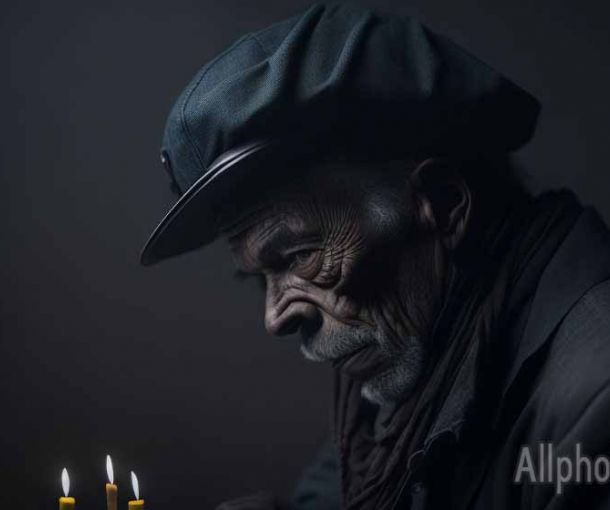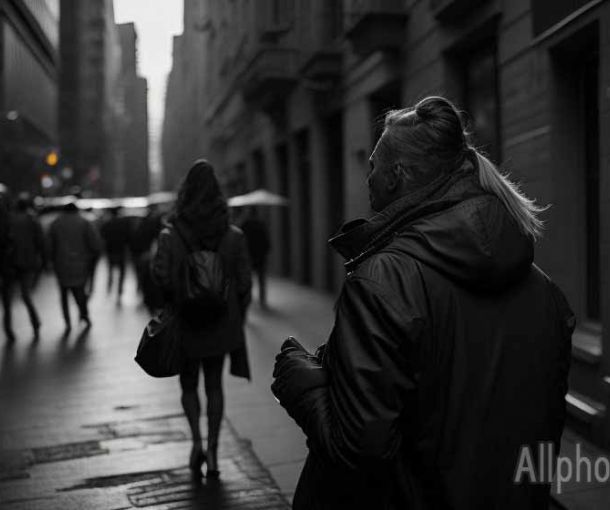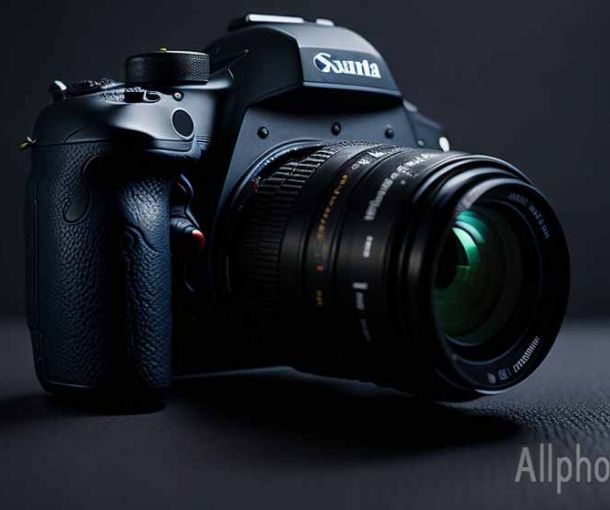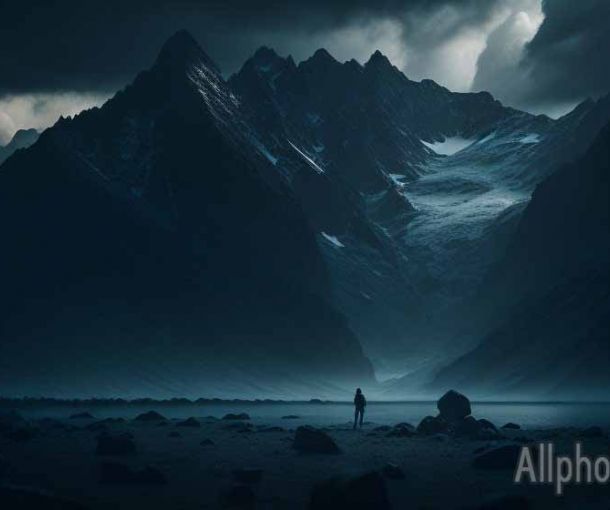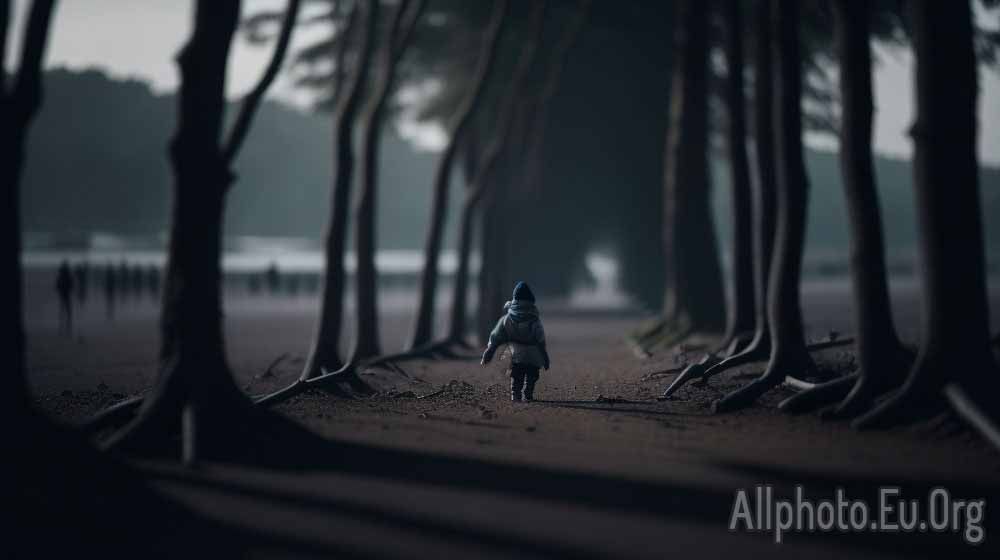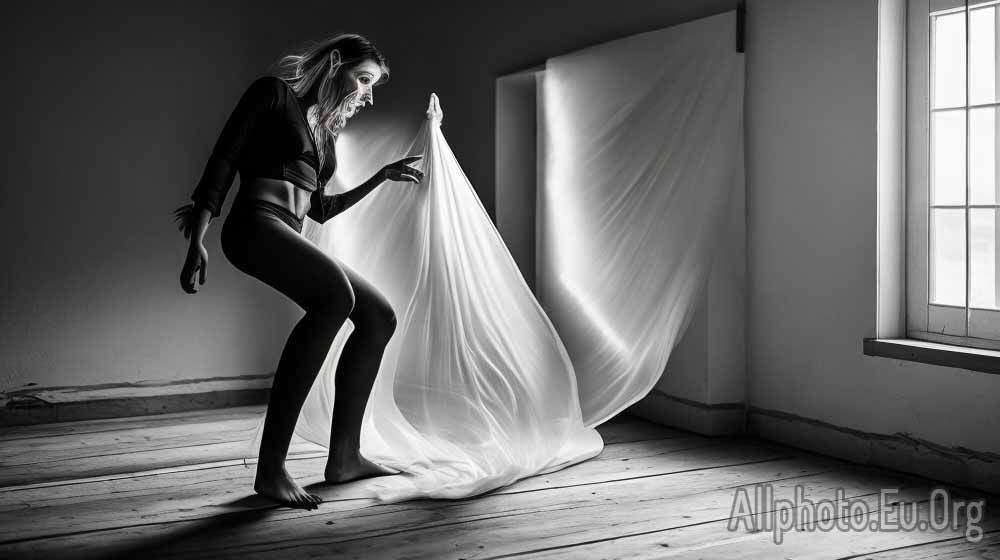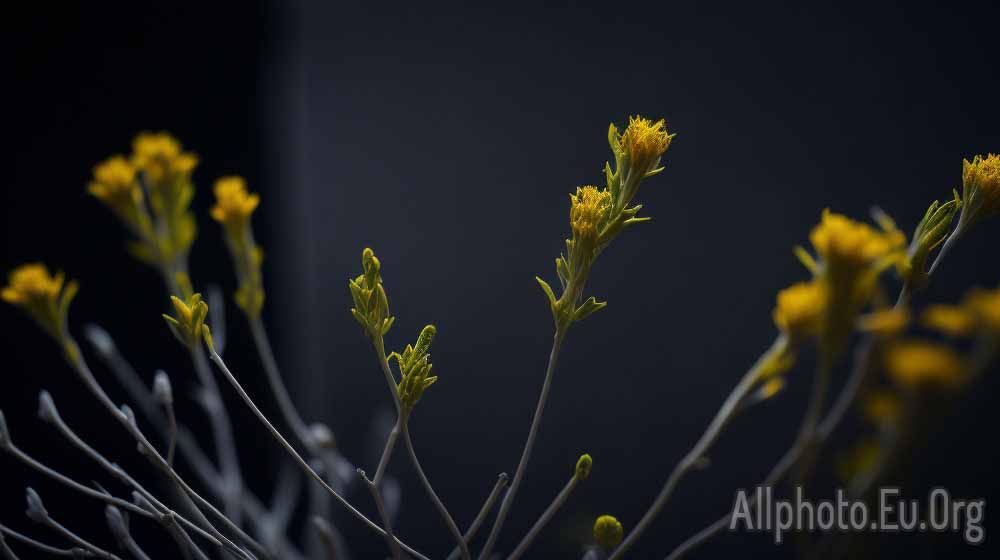The Evolution of Photography: From Daguerreotypes to Digital
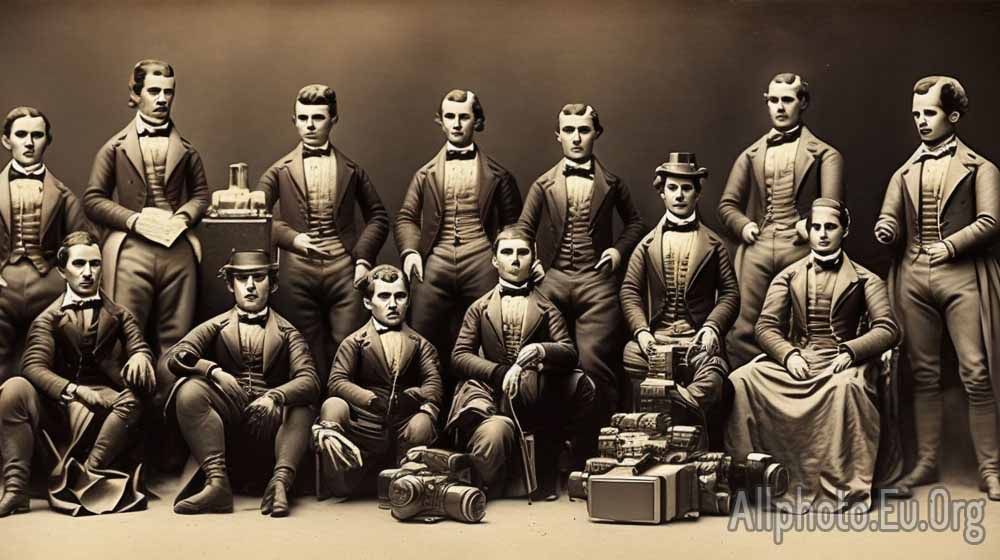
Photography has undergone a tremendous evolution since the invention of the first camera in the 19th century. It has gone from being a luxury reserved for the wealthy to being a ubiquitous and accessible tool used by everyone from professional photographers to amateurs. In this article, we will take a look at the history of photography and explore how it has evolved from daguerreotypes to digital.
The Daguerreotype
The daguerreotype was the first practical photographic process invented by Louis Daguerre in 1839. It was a complex and time-consuming process that required the photographer to expose a polished silver-plated copper sheet to light for several minutes. After the exposure, the sheet was then treated with chemicals to develop the image. Daguerreotypes were unique, one-of-a-kind images that were often used for portraits.
Despite the complexity of the process, the daguerreotype quickly gained popularity and was considered the most advanced form of photography at the time. However, it was also expensive and time-consuming, making it a luxury reserved for the wealthy.
Wet Plate Collodion
The wet plate collodion process was introduced in the 1850s and quickly replaced the daguerreotype as the primary photographic process. The process involved coating a glass plate with collodion and then sensitizing it with silver nitrate before exposing it to light. The plate had to be developed and fixed immediately after exposure to produce a positive image.
The wet plate collodion process was more affordable than the daguerreotype and allowed for multiple copies of an image to be produced. It also allowed photographers to capture more detail and create larger prints.
Dry Plate Photography
Dry plate photography was introduced in the 1870s and used a similar process to wet plate collodion, but the plates were coated with a light-sensitive gelatin emulsion that could be prepared in advance and stored for later use. This allowed photographers to take their equipment out of the studio and into the field, making photography more accessible.
Dry plate photography also allowed for faster exposure times, making it easier to capture moving objects. It also allowed photographers to experiment with different lighting techniques, leading to the development of new genres of photography, such as landscape and documentary photography.
The Kodak Camera
The Kodak camera was introduced in 1888 and revolutionized photography by making it accessible to the masses. The camera was small, lightweight, and easy to use, with a fixed-focus lens and a simple shutter mechanism. It came preloaded with enough film for 100 exposures and could be sent back to the company for processing and printing.
The Kodak camera was marketed as "the camera for everyone" and allowed people to capture their everyday lives in a way that had never been possible before. It also led to the development of the snapshot, a genre of photography that focused on capturing informal, spontaneous moments.
35mm Film and the Leica Camera
The 35mm film format was introduced in the 1920s and quickly became the standard for still photography. It allowed for smaller, more portable cameras and produced higher-quality images than previous formats.
The Leica camera was introduced in 1925 and was the first camera to use the 35mm film format. It was small, lightweight, and had a high-quality lens that allowed photographers to capture sharp, detailed images. The Leica camera quickly gained popularity among professional photographers and photojournalists and became a symbol of the modern era of photography.
Color Photography
Color photography was first introduced in the early 1900s, but it wasn't until the 1930s and 1940s that it became widely used. The first color films were complex and required special processing, but by the 1950s, color film had become the standard for both amateur and professional photography.
Color photography allowed for new creative possibilities, and photographers began to experiment with color as a way to express emotion and capture the beauty of the world around them. It also allowed for more accurate representations of the subjects being photographed, such as skin tones and landscapes.
Digital Photography
Digital photography was first introduced in the 1970s, but it wasn't until the 1990s that it became widely available to consumers. Digital cameras use sensors to capture light instead of film, allowing for instant feedback and the ability to view and edit images on the camera's LCD screen.
Digital photography revolutionized the way people took and shared photos. It allowed for a new level of creativity and experimentation, with the ability to take and delete photos without worrying about the cost of film. It also allowed for instant sharing through social media and email, making it easier to connect with friends and family around the world.
Today, digital photography has become the dominant form of photography, with advancements in technology allowing for higher resolution sensors, faster processing speeds, and more advanced editing tools. It has opened up new possibilities for both amateur and professional photographers and has made photography more accessible than ever before.
Conclusion
The evolution of photography has been a long and fascinating journey, from the complex and time-consuming daguerreotype to the instant gratification of digital photography. Each new advancement has opened up new possibilities and creative opportunities for photographers, making it a constantly evolving art form.
While the tools and techniques of photography have changed over time, the desire to capture and share moments and memories has remained constant. Photography continues to be an essential part of our lives, allowing us to capture the beauty and complexity of the world around us and share it with others.
Tags
Latest Articles
Most Read
All Tags
Subscribe
Donate
Please consider supporting our efforts.
© 2023 All-Photo.Cf All rights reserved.
